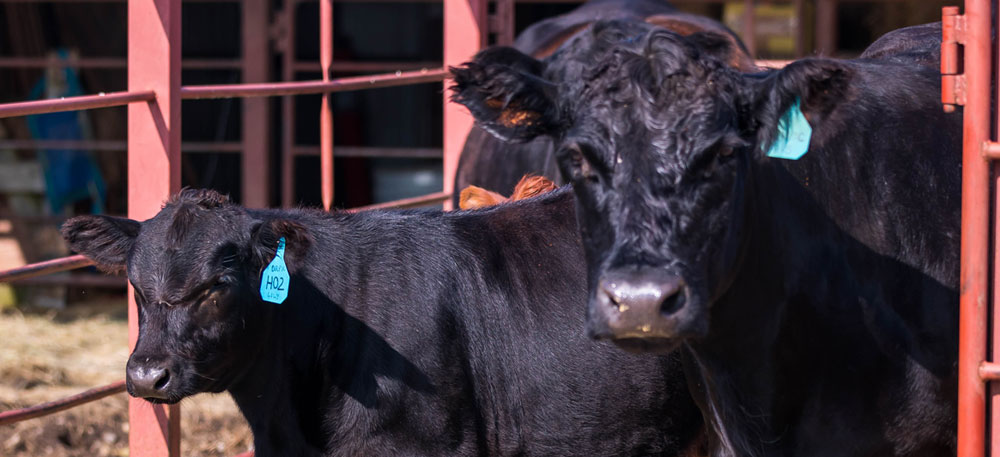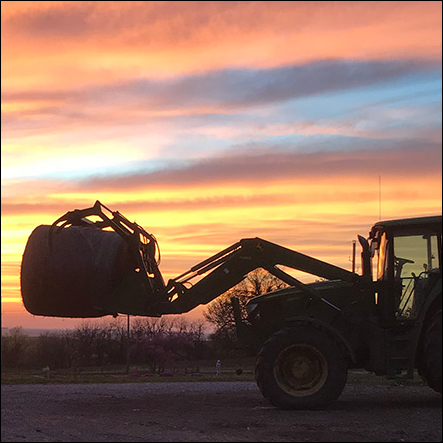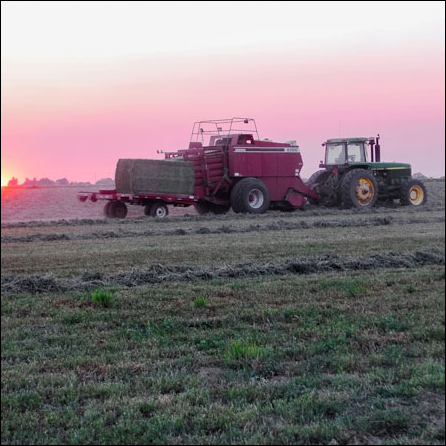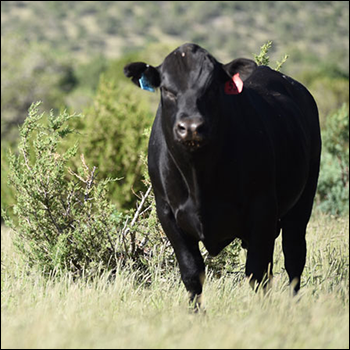
How Does BVD Affect the Herd?
Veterinarians explain the bovine viral diarrhea virus.
Calves with respiratory problems, cows that naturally abort their calves, deformed calves and scours in the herd are just a few of the signs that bovine viral diarrhea (BVD) may be circulating in the herd, say Kansas State University (K-State) Beef Cattle Institute (BCI) veterinarians Bob Larson and Brad White.
Talking on a recent BCI Cattle Chat podcast, Larson said though diarrhea is part of the name, BVD presents itself in many ways.
“BVD is a unique virus because it impacts animals of all ages through multiple body systems,” Larson said.
The biggest source of the virus, Larson said, comes from the persistently infected animals in the herd. If a calf is born with this virus, it will shed the virus throughout its entire life.
“These calves were actually infected in gestation as a fetus,” Larson said.
If those cattle survive to birth, they will continually shed the virus as they move about the herd to expose other animals, says Larson.
He explained this can occur when a pregnant cow is exposed to a persistently infected calf. While she may recover from the virus, the fetus in the womb becomes persistently infected. If the calf survives, it perpetuates the infection when it enters the herd.
White said if a producer suspects they have the BVD virus in the herd, it is important to consult with a veterinarian and explore a testing strategy prior to breeding. This strategy involves testing all the calves in the herd.
“If the calf is persistently infected, it will need to be removed from the herd and likely euthanized so it doesn’t expose other animals. Producers need to be prepared for that possibility when they opt for testing,” White said.
Larson added the test is highly accurate. Both veterinarians agreed that the likelihood of having BVD in the herd without signs is low.
“Our best estimate is that BVD is circulating in about 7% of the herds in the country,” Larson said.
To help producers evaluate their risk, Larson and his team have built a BVD Consult app that they can use.
To hear more of the discussion, go to the BCI Cattle Chat podcast online.
Editor’s note: Lisa Moser is an instructor of ag communications at K-State. Photo courtesy K-State Research and Extension.




